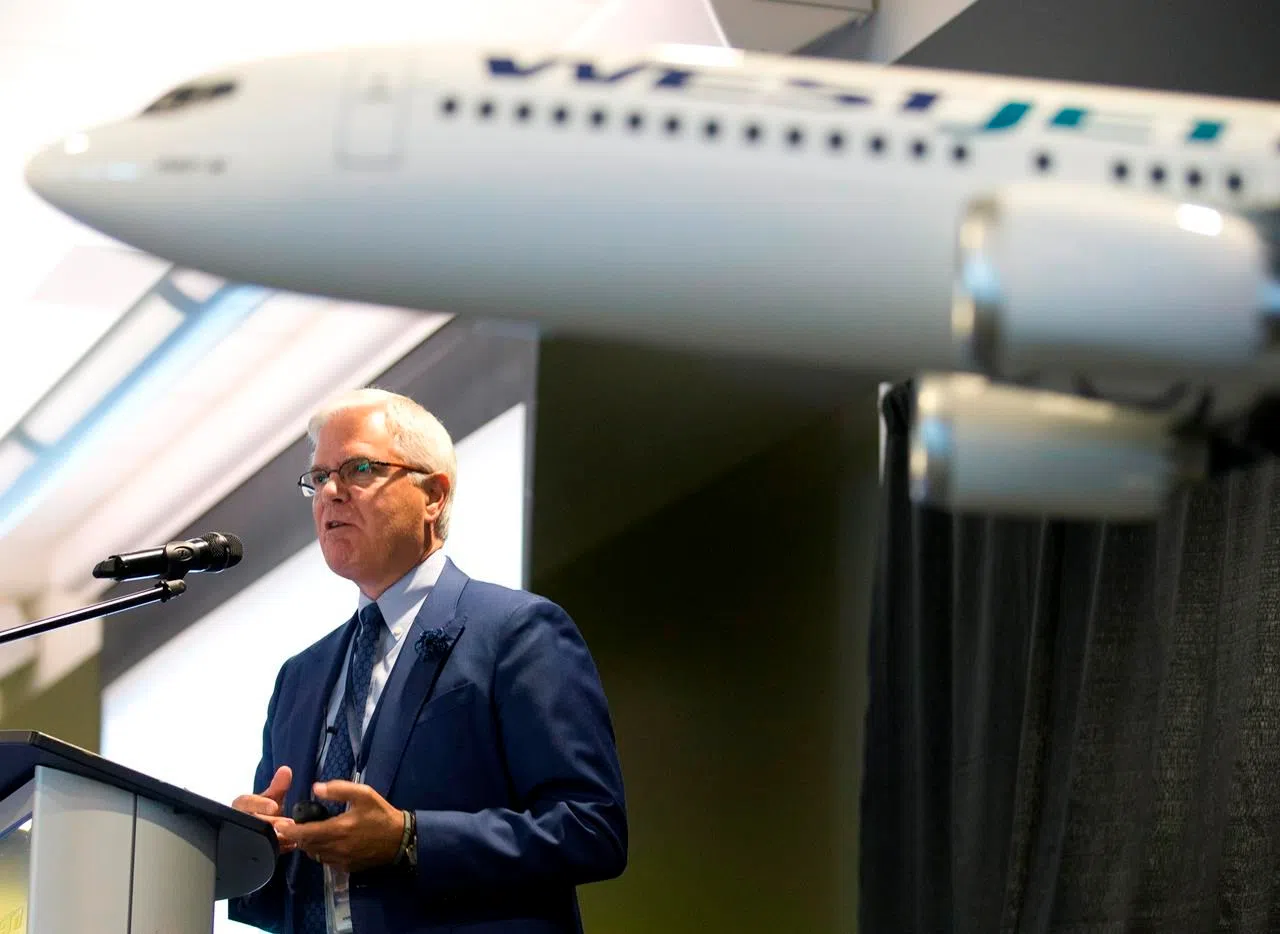
WestJet orders longer-range Boeings as part of wider expansion plans
CALGARY — WestJet Airlines Ltd. (TSX:WJA) has set out a plan to expand both internationally and into ultra-low cost offerings that has raised concerns from some analysts about being overly ambitious.
The company said Tuesday it has ordered 10 Boeing Dreamliners with the option for 10 more, that will allow it to serve new destinations in Asia, South America and Europe with higher-end offerings like lie-flat seating.
The move comes as WestJet is also moving ahead with a plan to launch a separate ultra-low cost brand that will start with 10 planes and offer a bare-bones service.
Combined, the new avenues of thrift and luxury set the company up for a new era of growth, said chief executive Gregg Saretsky at WestJet’s annual meeting Tuesday.


